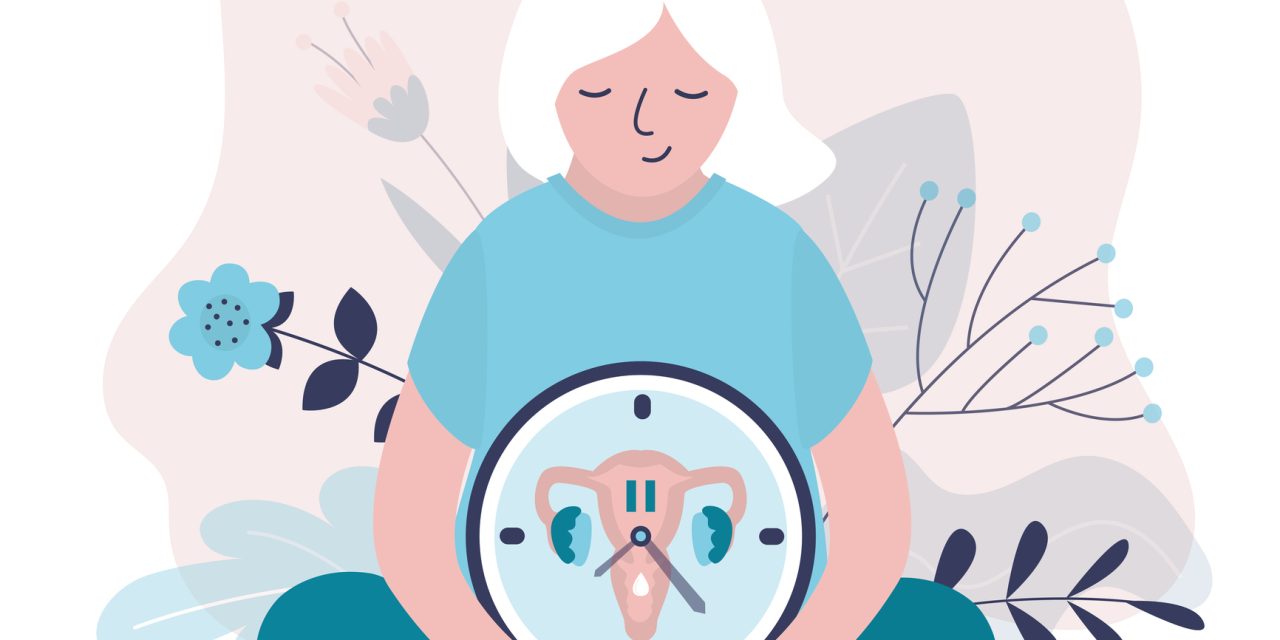During pregnancy, there are significant physiological changes to support a healthy fetus. Parasympathetic activity normatively decreases across pregnancy, and psychological stress can promote even further decreased heart rate variability (HRV). This study evaluated (1) changes in vagally-mediated HRV from pregnancy to postpartum, (2) changes in vagally-mediated HRV from pregnancy to postpartum based on negative partner relationship qualities, and (3) changes in depressive symptoms from pregnancy to postpartum based on negative partner relationship qualities. 78 participants in their 3rd trimester self-reported their relationship quality with their partner at the first visit. Depressive symptoms and vagally-mediated HRV were evaluated at rest at five time points from 3rd trimester to 12 months postpartum. On average, the only significant increase in vagally-mediated HRV occurred between the 3rd trimester and 4-6 weeks postpartum. However, those who reported more negative partner relationship qualities during their 3rd trimester of pregnancy maintained lower vagally-mediated HRV levels across all of the first year postpartum and significantly lower vagally-mediated HRV at both 4 and 8 months postpartum as compared to people who reported fewer negative partner relationship qualities. Across the first year postpartum, people reporting more negative partner relationship qualities experienced more severe depressive symptoms than their counterparts with fewer negative partner relationship qualities; however, there was no difference in the rate of change of depressive symptoms across the first year postpartum based on negative partner relationship qualities. Because lower vagally-mediated HRV is associated with depressive symptoms, future work should explore the temporal relationship between vagally-mediated HRV and depressive symptoms in the postpartum period.Copyright © 2021 Elsevier Ltd. All rights reserved.
Longitudinal changes in HRV across pregnancy and postpartum: Effect of negative partner relationship qualities.


